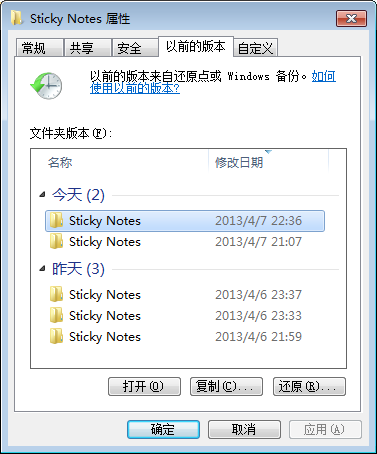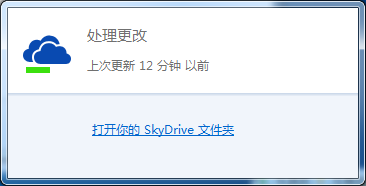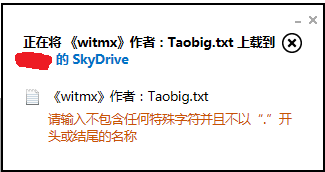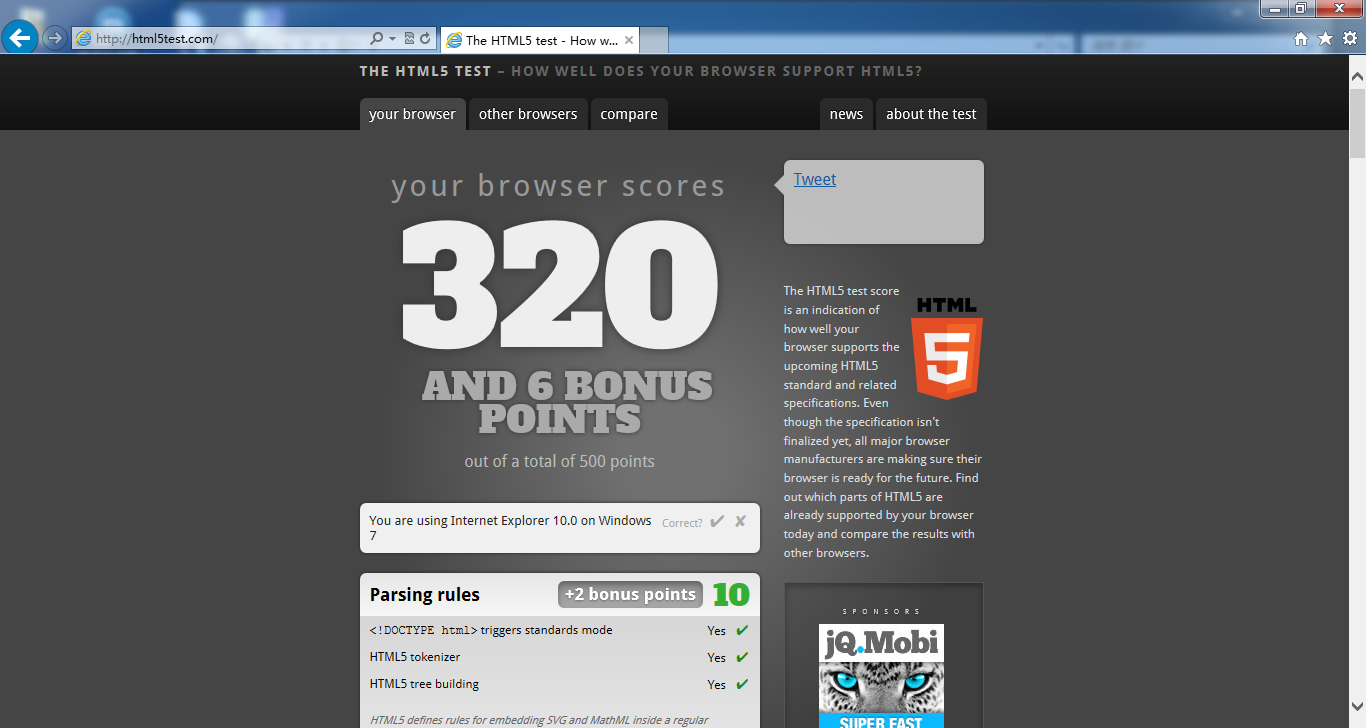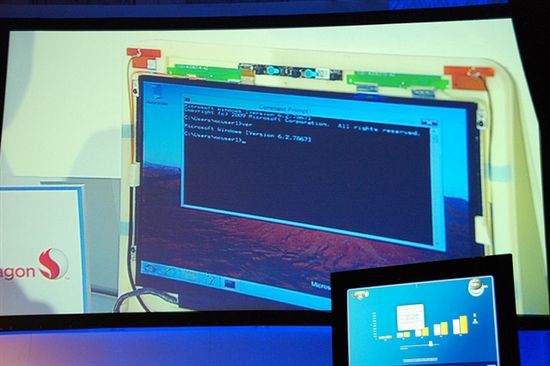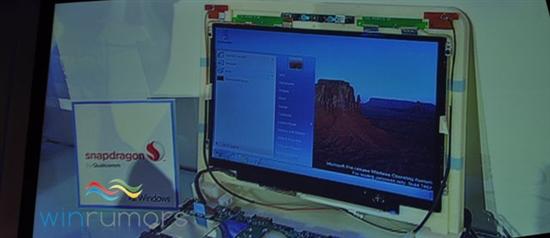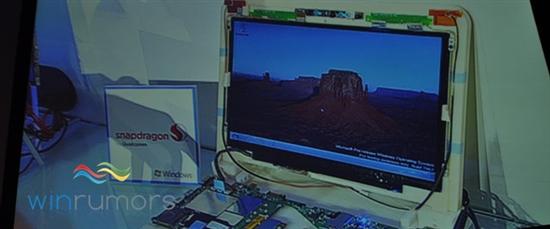/*
* A Demo to OpenCV Implementation of SURF
* Further Information Refer to “SURF: Speed-Up Robust Feature”
* Author: Liu Liu
* liuliu.1987+opencv@gmail.com
*/
#include “opencv2/objdetect/objdetect.hpp”
#include “opencv2/features2d/features2d.hpp”
#include “opencv2/highgui/highgui.hpp”
#include “opencv2/calib3d/calib3d.hpp”
#include “opencv2/nonfree/nonfree.hpp”
#include “opencv2/imgproc/imgproc_c.h”
#include “opencv2/legacy/legacy.hpp”
#include “opencv2/legacy/compat.hpp”
#include <iostream>
#include <vector>
#include <stdio.h>
using namespace cv;
using namespace std;
static void
flannFindPairs( const CvSeq*, const CvSeq* objectDescriptors,
const CvSeq*, const CvSeq* imageDescriptors, vector<int>& ptpairs )
{
int length = (int)(objectDescriptors->elem_size/sizeof(float));
cv::Mat m_object(objectDescriptors->total, length, CV_32F);
cv::Mat m_image(imageDescriptors->total, length, CV_32F);
// copy descriptors
CvSeqReader obj_reader;
float* obj_ptr = m_object.ptr<float>(0);
cvStartReadSeq( objectDescriptors, &obj_reader );
for(int i = 0; i < objectDescriptors->total; i++ )
{
const float* descriptor = (const float*)obj_reader.ptr;
CV_NEXT_SEQ_ELEM( obj_reader.seq->elem_size, obj_reader );
memcpy(obj_ptr, descriptor, length*sizeof(float));
obj_ptr += length;
}
CvSeqReader img_reader;
float* img_ptr = m_image.ptr<float>(0);
cvStartReadSeq( imageDescriptors, &img_reader );
for(int i = 0; i < imageDescriptors->total; i++ )
{
const float* descriptor = (const float*)img_reader.ptr;
CV_NEXT_SEQ_ELEM( img_reader.seq->elem_size, img_reader );
memcpy(img_ptr, descriptor, length*sizeof(float));
img_ptr += length;
}
// find nearest neighbors using FLANN
cv::Mat m_indices(objectDescriptors->total, 2, CV_32S);
cv::Mat m_dists(objectDescriptors->total, 2, CV_32F);
cv::flann::Index flann_index(m_image, cv::flann::KDTreeIndexParams(4)); // using 4 randomized kdtrees
flann_index.knnSearch(m_object, m_indices, m_dists, 2, cv::flann::SearchParams(64) ); // maximum number of leafs checked
int* indices_ptr = m_indices.ptr<int>(0);
float* dists_ptr = m_dists.ptr<float>(0);
for (int i=0;i<m_indices.rows;++i) {
if (dists_ptr[2*i]<0.6*dists_ptr[2*i+1]) {
ptpairs.push_back(i);
ptpairs.push_back(indices_ptr[2*i]);
}
}
}
/* a rough implementation for object location */
static int
locatePlanarObject( const CvSeq* objectKeypoints, const CvSeq* objectDescriptors,
const CvSeq* imageKeypoints, const CvSeq* imageDescriptors,
const CvPoint src_corners[4], CvPoint dst_corners[4] )
{
double h[9];
CvMat _h = cvMat(3, 3, CV_64F, h);
vector<int> ptpairs;
vector<CvPoint2D32f> pt1, pt2;
CvMat _pt1, _pt2;
int i, n;
flannFindPairs( objectKeypoints, objectDescriptors, imageKeypoints, imageDescriptors, ptpairs );
n = (int)(ptpairs.size()/2);
if( n < 4 )
return 0;
pt1.resize(n);
pt2.resize(n);
for( i = 0; i < n; i++ )
{
pt1[i] = ((CvSURFPoint*)cvGetSeqElem(objectKeypoints,ptpairs[i*2]))->pt;
pt2[i] = ((CvSURFPoint*)cvGetSeqElem(imageKeypoints,ptpairs[i*2+1]))->pt;
}
_pt1 = cvMat(1, n, CV_32FC2, &pt1[0] );
_pt2 = cvMat(1, n, CV_32FC2, &pt2[0] );
if( !cvFindHomography( &_pt1, &_pt2, &_h, CV_RANSAC, 5 ))
return 0;
for( i = 0; i < 4; i++ )
{
double x = src_corners[i].x, y = src_corners[i].y;
double Z = 1./(h[6]*x + h[7]*y + h[8]);
double X = (h[0]*x + h[1]*y + h[2])*Z;
double Y = (h[3]*x + h[4]*y + h[5])*Z;
dst_corners[i] = cvPoint(cvRound(X), cvRound(Y));
}
return 1;
}
int main(int argc, char** argv)
{
const char* object_filename = argc == 3 ? argv[1] : “box.jpg”;
const char* scene_filename = argc == 3 ? argv[2] : “box_in_scene.jpg”;
cv::initModule_nonfree();
IplImage* object = cvLoadImage( object_filename, CV_LOAD_IMAGE_GRAYSCALE );
IplImage* image = cvLoadImage( scene_filename, CV_LOAD_IMAGE_GRAYSCALE );
if( !object || !image )
{
fprintf( stderr, “Can not load %s and/or %s\n”,
object_filename, scene_filename );
exit(-1);
}
CvMemStorage* storage = cvCreateMemStorage(0);
cvNamedWindow(“Object Correspond”, 1);
static CvScalar colors[] =
{
{{0,0,255}},
{{0,128,255}},
{{0,255,255}},
{{0,255,0}},
{{255,128,0}},
{{255,255,0}},
{{255,0,0}},
{{255,0,255}},
{{255,255,255}}
};
IplImage* object_color = cvCreateImage(cvGetSize(object), 8, 3);
cvCvtColor( object, object_color, CV_GRAY2BGR );
CvSeq* objectKeypoints = 0, *objectDescriptors = 0;
CvSeq* imageKeypoints = 0, *imageDescriptors = 0;
int i;
CvSURFParams params = cvSURFParams(500, 1);
double tt = (double)cvGetTickCount();
cvExtractSURF( object, 0, &objectKeypoints, &objectDescriptors, storage, params );
printf(“Object Descriptors: %d\n”, objectDescriptors->total);
bool computer = true;
do
{
cvExtractSURF( image, 0, &imageKeypoints, &imageDescriptors, storage, params );
printf(“Image Descriptors: %d\n”, imageDescriptors->total);
tt = (double)cvGetTickCount() – tt;
printf( “Extraction time = %gms\n”, tt/(cvGetTickFrequency()*1000.));
CvPoint src_corners[4] = {{0,0}, {object->width,0}, {object->width, object->height}, {0, object->height}};
CvPoint dst_corners[4];
if( locatePlanarObject( objectKeypoints, objectDescriptors, imageKeypoints,
imageDescriptors, src_corners, dst_corners ))
{
for( i = 0; i < 4; i++ )
{
CvPoint r1 = dst_corners[i%4];
CvPoint r2 = dst_corners[(i+1)%4];
cvLine( image, cvPoint(r1.x, r1.y),
cvPoint(r2.x, r2.y ), colors[8] );
}
int width = dst_corners[1].x – dst_corners[0].x;
int height = dst_corners[2].y – dst_corners[0].y;
Rect selection(dst_corners[0], Size(width, height));
Mat roi(image, selection);
bitwise_not(roi, roi);
}
else
{
computer = false;
}
}while(computer);
cvShowImage( “Object Correspond”, image );
cvWaitKey(0);
cvDestroyWindow(“Object”);
cvDestroyWindow(“Object Correspond”);
return 0;
}
